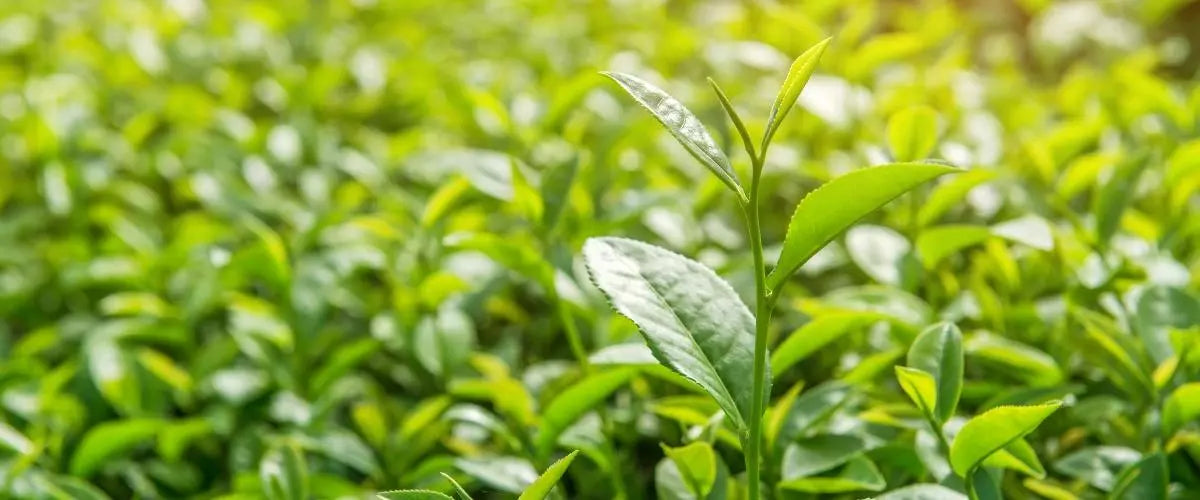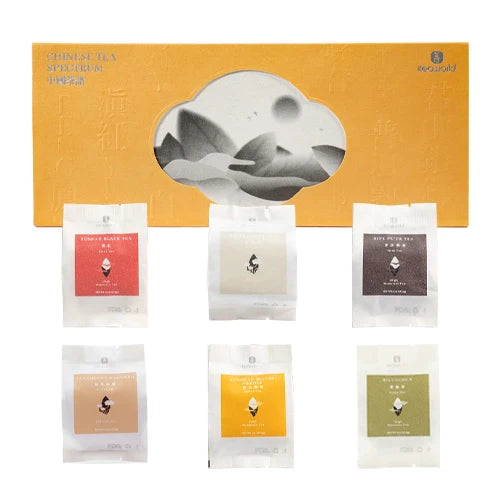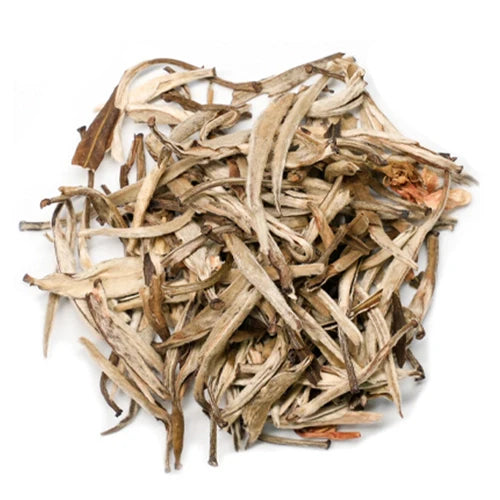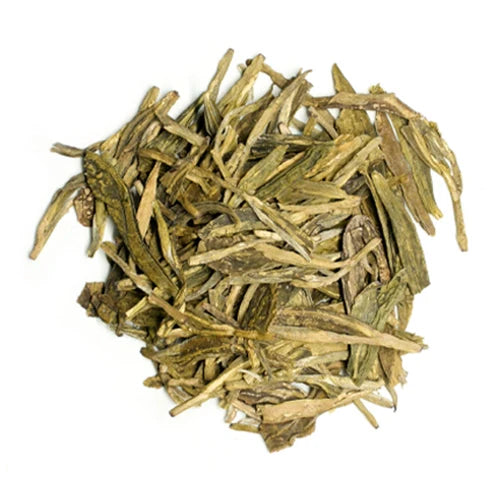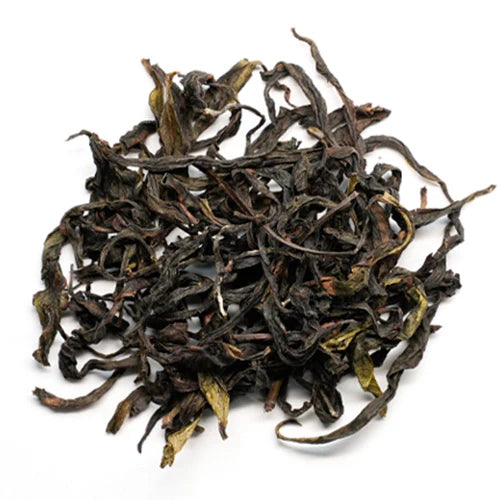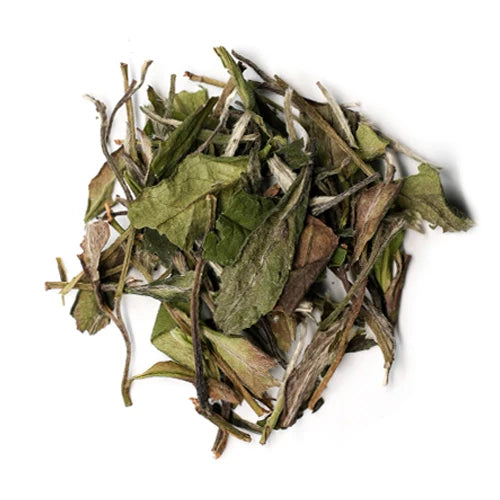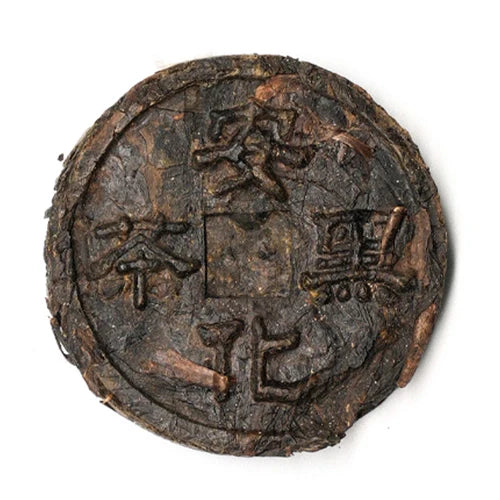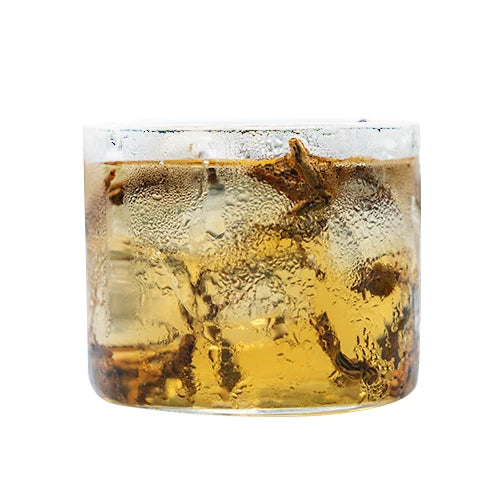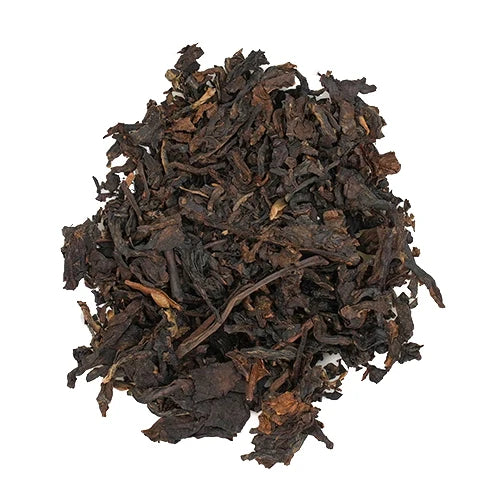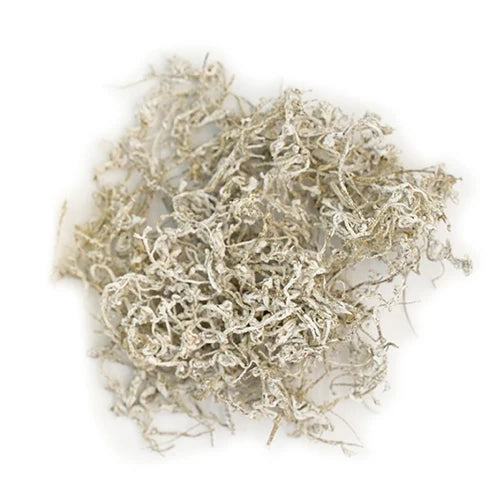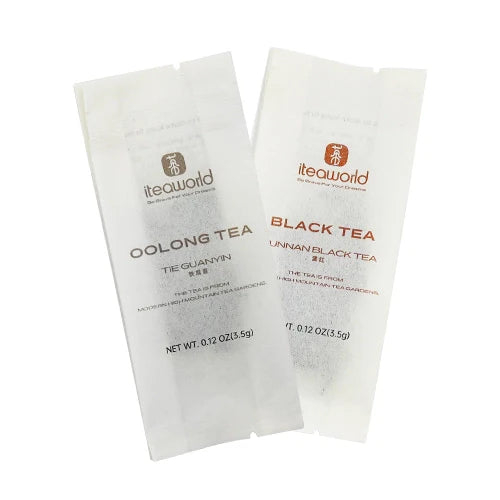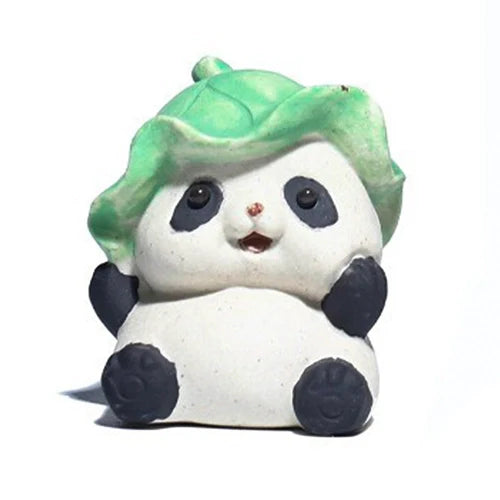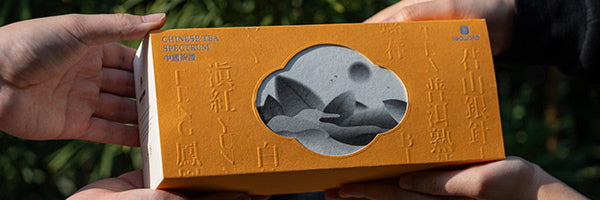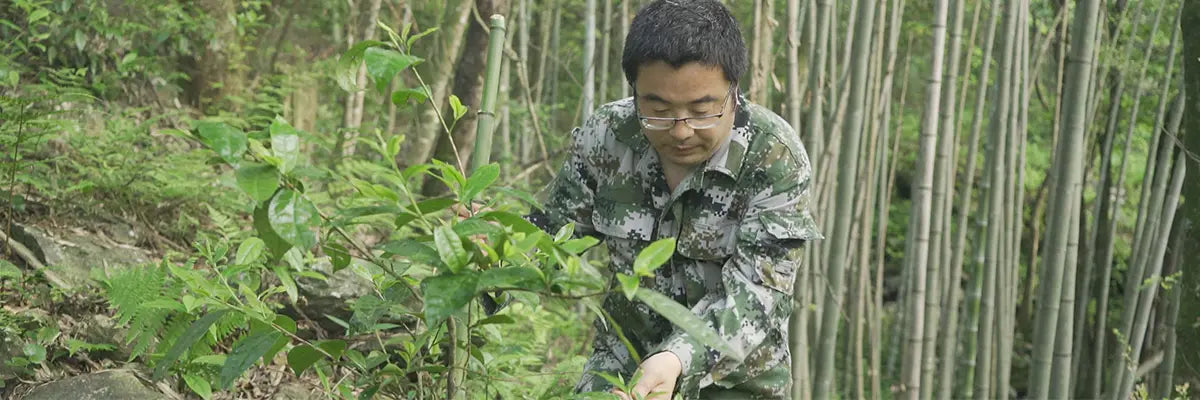When people talk about beginner-friendly Oolong teas, Tieguanyin is usually at the top of the list. But did you know this famous tea actually comes in two very different styles: light and roasted?
And did you know the Minnan (Southern Fujian) region, where Tieguanyin originates, also produces other Oolong teas that are equally worth exploring?
As one of China’s oldest tea regions, Minnan offers a wide range of Oolong tea flavors, from floral and fruity to roasted notes. It’s arguably the best starting point for anyone new to Oolong tea. If you’re not sure where to begin, start with Minnan Oolongs.
1. How Has the Craft of Minnan Oolong Tea Evolved?
Over the centuries, the production of Minnan Oolong tea has adapted, blended, and innovated to meet the demands of the times.
This has led to the current coexistence of both light-aroma and strong-aroma processing styles.
(1) The Traditional Roasted Style (Late 1600s–1800s)
Originally, Minnan tea makers borrowed techniques from northern Fujian Oolong production. In 1884, a tea master named Wang Sanyan invented the rolling-and-wrapping method (baorou), giving birth to the iconic semi-ball shape and roasted style we now associate with traditional Tieguanyin. This method spread throughout Minnan and later reached Taiwan.

(2) Influence of Taiwanese Light-Aroma Style (Around the 1990s)
To better appeal to northern Chinese markets in the 1990s, tea producers in Minnan adopted Taiwan’s Light oxidation and light roasting processing techniques. This led to the rise of "light aroma Tieguanyin," which quickly found popularity both at home and abroad. Over time, more Minnan Oolong teas began to follow this trend, moving away from traditional charcoal roasting.

(3) A Return to Tradition (Today)
As quality issues emerged with some mass-market light-aroma Tieguanyin, roasted styles made a comeback. With better aging potential and more stable quality, traditional charcoal-roasted Oolongs are once again in demand—especially among seasoned tea drinkers.
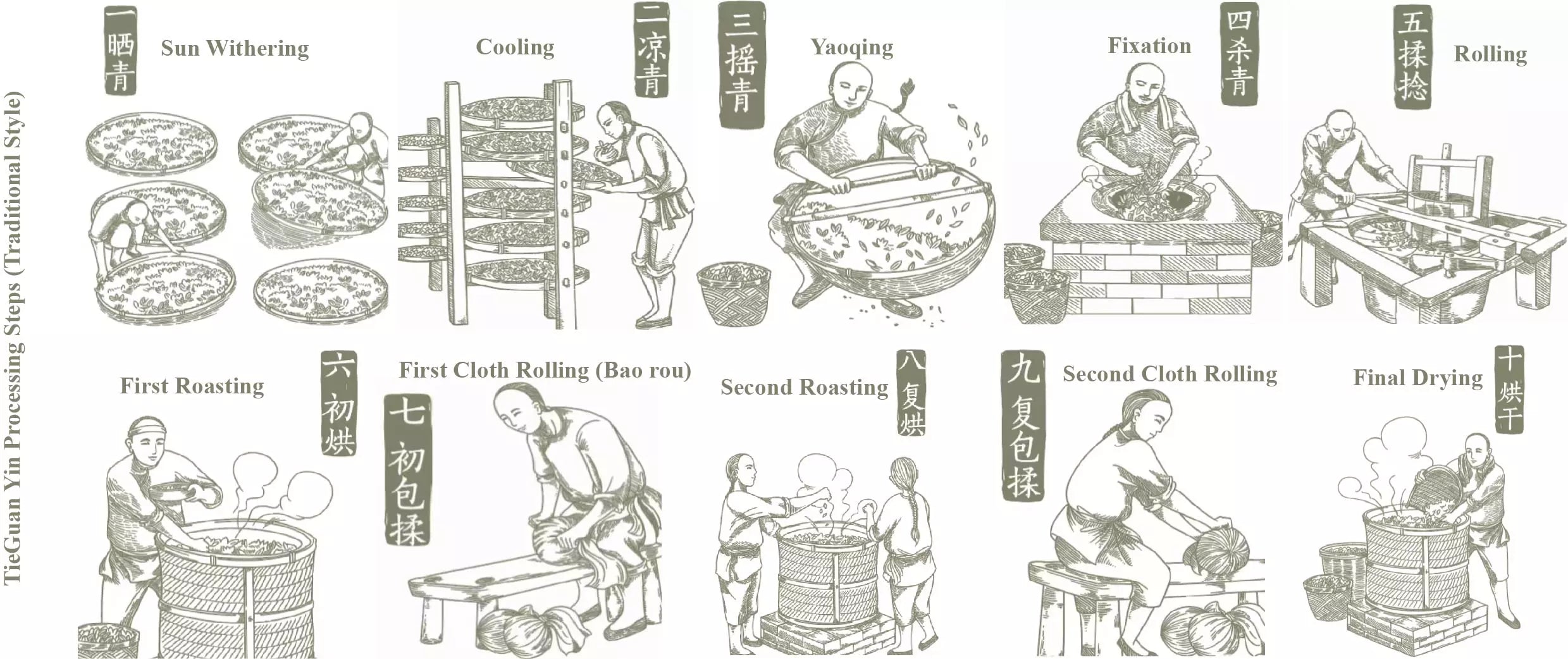
2. What are the iconic Minnan Oolong tea types?
Over the centuries, tea farmers in Minnan have worked tirelessly to cultivate and preserve unique Oolong varieties. Many of these flavors can only be found in this region. Here are 8 that we believe every tea lover should try:

(1) Tieguanyin (Light & Roasted Styles) – The King of Minnan Oolong
Originally from Anxi, Tieguanyin is known for its signature “Guanyin Yun” (a deep, lasting orchid aroma). Today, the two main styles are:
- Light Aroma Tieguanyin: Bright orchid fragrance with a sweet and refreshing taste.
- Roasted Tieguanyin(strong-aroma): Floral and fruity with a fuller, smoother body—closer to northern Fujian Oolongs.
We source both from Longjuan village (elevation 900m), where high-mountain terroir meets traditional craftsmanship—classic Minnan in a cup.
If you're interested in Light Aroma Tieguanyin or Strong-aroma Tieguanyin, click the image or text link to learn more>>
(2) Yongchun Fo Shou – The Only Oolong Named After a Fruit
In the late 1600s, monks grafted tea trees with Buddha’s hand citrus, producing the tea cultivar with leaves that resembled the fruit and carried a unique citrusy aroma. Our tea comes from Wuxi village (600–900m elevation), near the heart of Yongchun Fo Shou's original growing area, where century-old traditions and cloud-covered mountains meet.
If you're interested in Yongchun Fo Shou, click the image or text link to learn more>>
(3) Baiya Qilan – Unmistakable Orchid Aroma
First harvested in the Qing Dynasty (1735–1795), this variety was named for its intense orchid fragrance. Our tea comes from Daqin Mountain (around 1,000m), the core growing area of Baiya Qilan. Expect a rich, layered floral aroma and a fresh yet full-bodied taste.
If you're interested in Baiya Qilan, click the image or text link to learn more>>
(4) Zhangping Shuixian – The Only Compressed Oolong
In 1914, Deng Guanjin combined Minnan and northern Fujian methods to create a unique square tea cake—Zhangping Shuixian. Zhangping Shuixian features a floral blend of orchid and osmanthus notes, with a softer, sweeter profile than Tieguanyin. In 2022, Zhangping Shuixian and Tieguanyin were jointly added to UNESCO’s Intangible Cultural Heritage list.
Grown in Beiliao Village, famously called the “first village of Chinese Shuixian,” this Zhangping Shuixian embodies a flavor that’s uniquely Minnan.
If you're interested in Zhangping Shuixian, click the image or text link to learn more>>
(5) Meizhan – A Plum-Scented Rarity
This cultivar originated in the early 1800s in Lutian, Anxi. It’s available in both roasted and light styles, though the roasted version is more traditional. We selected one from Chishui village (900m), known for its high elevation freshness and layered aroma typical of Xiping-style processing.
If you're interested in Meizhan, click the image or text link to learn more>>
(6) Daye Oolong – A Woody Classic
With roots tracing back to Qing Dynasty records, Daye Oolong comes from Shanping village in Changqing, Anxi. Though most trees were replaced by Tieguanyin in the 1990s, some old trees survived thanks to their unique woody aroma and excellent steeping durability.
Our Daye Oolong from Shanping (800m) is robust and mellow, with a distinct woodiness—truly a hidden gem of Anxi.
If you're interested in Daye Oolong, click the image or text link to learn more>>
(7) Huangjingui (a.k.a. Huangdan) – A representative of high-aroma cultivars
Originating in mid-19th-century Luoyan village, Huangjingui is a high-aroma variety named for its rich osmanthus-like scent. Nicknamed “Fragrance That Pierces the Sky,” this tea is a shining example of Minnan’s floral Oolongs. Our tea is grown in Luoyan (800m), where the microclimate and cultivar are perfectly matched. This tea features both a “through-the-air fragrance” and a smooth, sweet richness, standing out as a hallmark of the specialty sub-regions of Anxi’s Huangjin Gui.
If you're interested in Huangjingui, click the image or text link to learn more>>
3. Why We Recommend This Tea Set
To help more people discover the rich variety of Minnan Oolong tea, we at iTeaworld have curated a special tasting set featuring eight of the region’s most iconic teas.
Here’s what makes our selection stand out:
(1) Aroma Diversity
From intense floral notes to fruity sweetness and roasted depth, this set covers nearly every aroma profile in the Oolong world.
(2) Craftsmanship Variety
Whether you prefer traditional charcoal-roasted or modern light-aroma styles, you’ll find both represented in this collection.
(3) From Classics to Hidden Gems, we select only unique flavors
We’ve included famous staples like Tieguanyin and Zhangping Shuixian, but also rarities like Daye Oolong, so you can explore Minnan's full flavor spectrum.
With this tea set, we hope to take you on a journey through more than 400 years of Minnan Oolong tea history—one cup at a time





